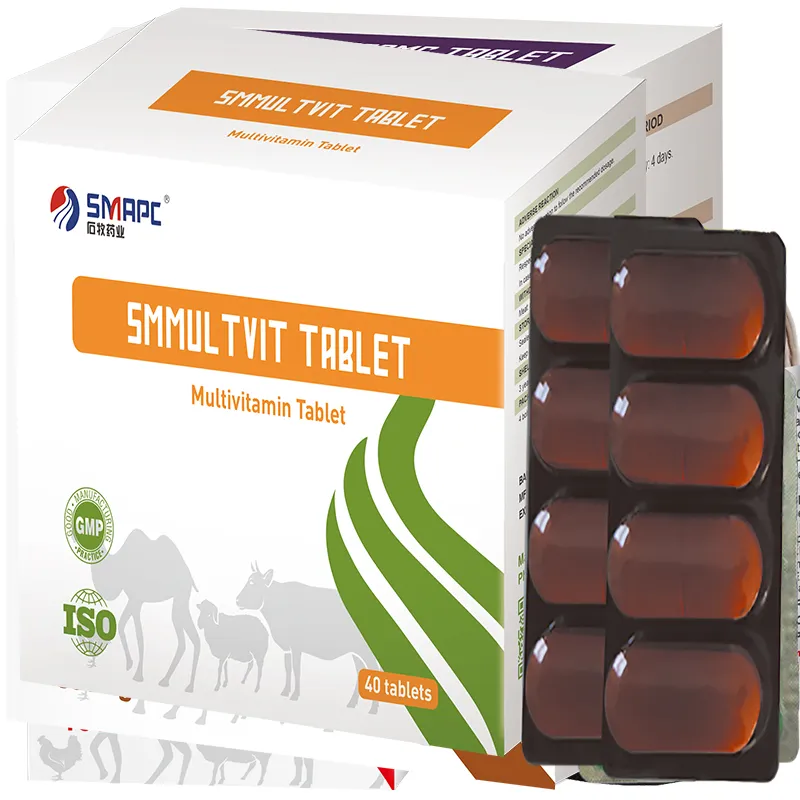- Injectable Forms This includes intramuscular, subcutaneous, or intravenous routes, which are often used for more immediate effects or in cases where oral administration is not feasible.




